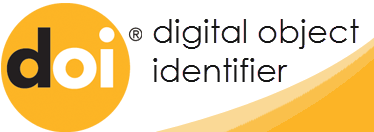GENDER ROLE DIFFERENCES IN HUMORISTIC STYLE
Abstract
Scholars and practitioners have argued that humor is a valuable workplace behavior and an important tool for managers. Humor can be defined as a form of communication in which a “humorist” intentionally incorporates humorous incongruities in messages to an audience. The most common form of workplace humor is interpersonal humor, or humor that is directed or targeted toward someone else .Interpersonal humor styles are distinguished as affiliative or aggressive. Affiliative humor is defined as positive interpersonal humor “used to enhance one’s relationships with others in a way that is relatively benign and self-accepting,” while aggressive humor is negative and “used to enhance the self ... at the expense and detriment to one’s relationship with others” Affiliative humor is associated with performance, job satisfaction and cohesiveness, while aggressive humor tends to have negative effects on outcomes Recently, researchers began examining whether contextual factors influence the impact of workplace humor. For example, researchers have explored how characteristics of the humorist, such as gender, influence humor use and audience responses to humor. For instance, Evans et found that when men use Humor use and social acceptance .
References
Barrett, H.C., and R. Kurzban. 2006. Modularity in cognition: Framing the debate. Psychological Review 113: 628–47.
Baumeister, R.F., and K.D. Vohs. 2004. Sexual economics: Sex as female resource for social exchange in heterosexual interactions. Personality and Social Psychology Review 8: 339–63.
Bressler, E.R., and S. Balshine. 2006. The influence of humor on desirability. Evolution and Human Behavior 27, no. 1: 29–39.
Bressler, E.R., R.A. Martin, and S. Balshine. 2006. Production and appreciation of humor as sexually selected traits. Evolution and Human Behavior 27: 121–30.










